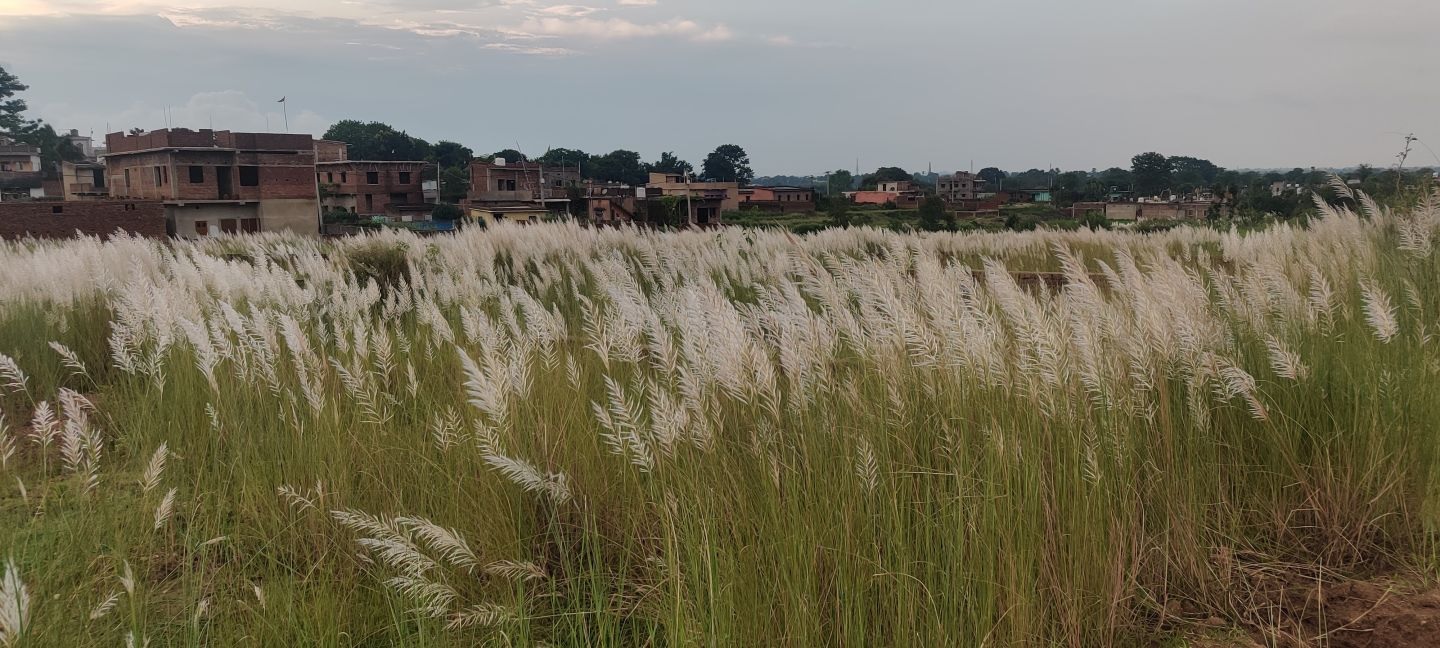IMPORTANT DEFINITIONS
Control and coordination:
Such bio-chemical and physiological management of body through which body activities remain in control while keeping up adjustments with different body organs
Hormone:
Chemical substances that are automatically secreted in an animal body and that maintain control and coordination on physiological actions and among body organs are called as hormones. Phytohormones and animal hormones are different. Animal hormones are secreted in ductless glands.
Oxenes:
Growth promoting hormones that remain concerned mainly with growth of stem in length, cell- elongation, germination of seeds and production of seedless fruits are called as Oxenes.
Plant hormone which is mainly synthesized in chloroplast and which is basically concerned with leaf fall is called as Abscisic acid.
Endocrine Glands:
Ductless glands that secrete animal hormones are called as endocrine glands. Their secretion is indirectly dropped into blood to cause measure changes in the body. Pituitary, Thyroid, Pineal body, Islets of Langerhans, Testes, ovary etc are principal endocrine glands.
Goiter:
A disease causing condition developed due to swelling of Thyroid gland is called as Goiter. It is caused due to long term shortage of iodine in food.
A disease of children which is caused due to shortage of thyroxin is called as Cretinism. In this condition the development of physical, mental and external sexual characters gets reduced or stopped.
Obesity:
Development of fatty due to excess of Somatotropic hormone (STH) after puberty is called as obesity.
Gigantism:
Excessive growth in the length of body due to excessive secretion of STH hormone before puberty is called as gigantism. STH is secreted by the Pituitary gland.
Dwarfism:
when secretion of STH is stopped at an early age, no growth of body occurs in males or females and he or she remains dwarf. This disease is called as dwarfism.
Mixidema:
Slow heart rate and low blood pressure due to reduction in the secretion of thyroxin hormone after puberty is called as Mixidema.
Toxic Goiter:
The disease characterised by fast rate of heart beat and respiration due to high level of thyroxin in blood is called as toxic goiter.
The endocrine glands found on pancreas are called as Islets of Langerhans.
Nervous System: The network of threadlike fibres in body which is connected to brain and spinal cord and which is responsible for exchange of gases is called as Nervous System. The threadlike fibres of nervous system are called as nerves. These are made of nerve cells or neurons. In fact, the combined form of brain, spinal cord and nerves is called as nervous system.
Neuron:
It may be bipolar or unipolar. The neuron having one dendrite and one axon is called as bipolar neuron. The neuron without myelin sheath on axon is called as non-medullated neuron. The conduction of impulses through these neurons is very slow. On the other hand medullated neurons have fast conduction of impulses.
A Unipolar neuron is a type of neuron in which only one protoplasmic process (neurite) extends from the cell body. Most neurons are Multipolar, generating several dendrites and an axon and there are also many bipolar neurons.
Impulse:
When a disturbance is produced in the internal or external part of body, the disturbance is received by the sensory nerve found there. The sensory nerve sends the message forward. This is called as impulse.
Stimulus: The factor which creates impulse is called as stimulus.
Involuntary actions caused due to any visible, invisible, external or internal stimulus that are usually conducted by nerves of spinal cord are called as reflex action. Examples: sneezing, crying, coughing etc.
Reflex Arch:
The path of reflex action is called as reflex arch.
Synapse: An impulse has a cross junction area for going from one neuron to the other neuron. This junction area is called as a synapse.
Central Nervous System (CNS):
Brain and the spinal cord are collectively called as the Central Nervous System.
Spinal Cord:
A delicate rope like structure passes through vertebral column from medulla. This is called as the Spinal Cord.
Feature Image NCERT




